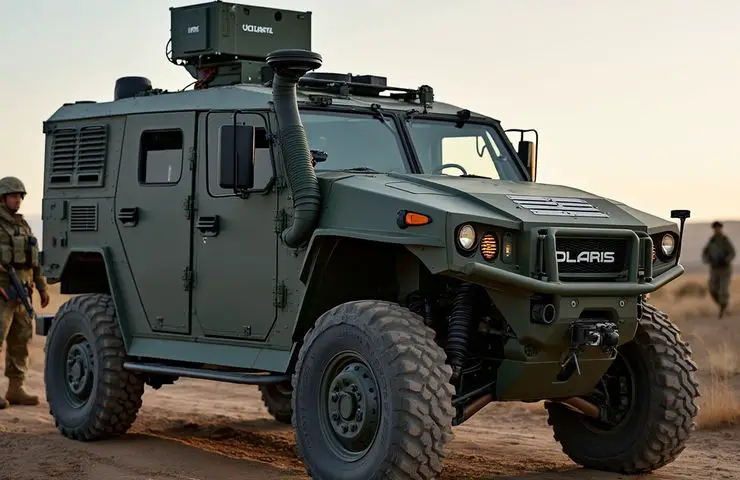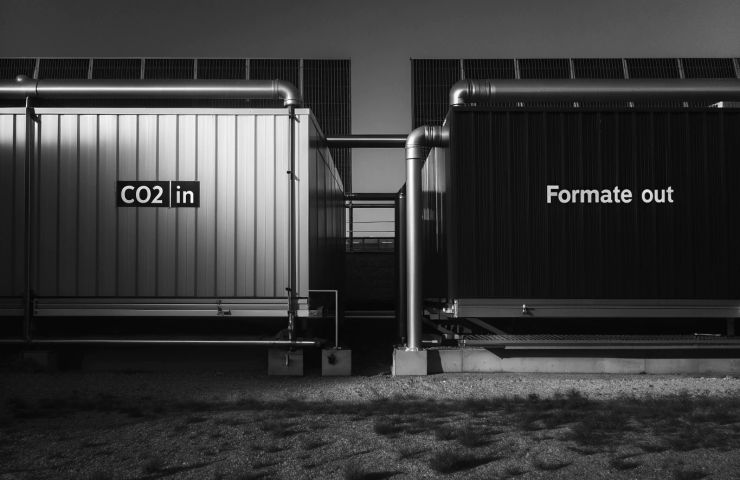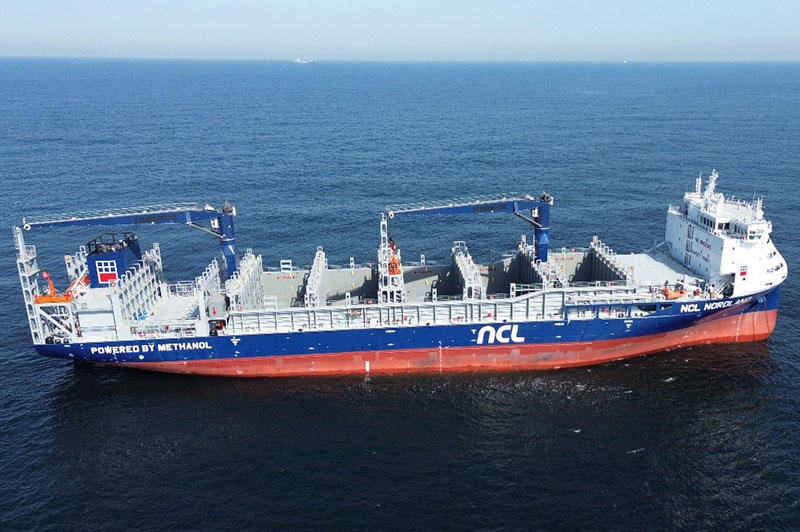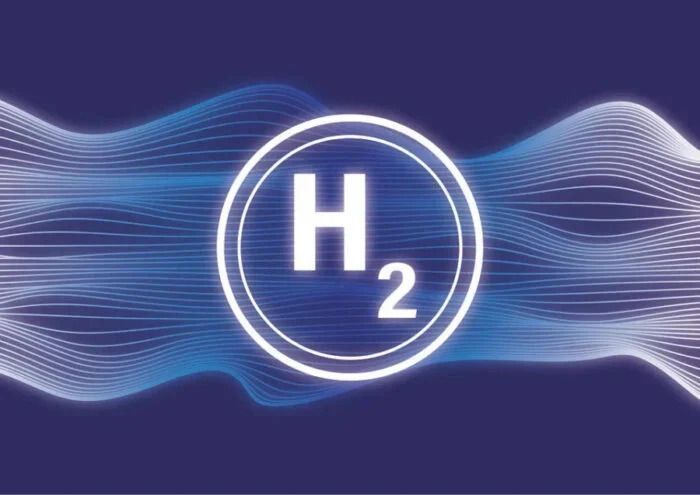Hydrogen Fuel Cell Tech Lands in NATO’s MRZR: Polaris-SFC Energy Go Tactical
Polaris Government and Defense is teaming up with Germany’s SFC Energy AG to bring cutting-edge power tech to the battlefield.…


Polaris Government and Defense is teaming up with Germany’s SFC Energy AG to bring cutting-edge power tech to the battlefield. They’re integrating EMILY 3000 methanol-based fuel cells into Polaris MRZR tactical vehicles — the kind used by NATO forces. What’s exciting? These units deliver silent hybrid-electric power with a consistent 3kW output and the muscle to hit 25kW at peak. That means less noise, less fuel, and a smaller carbon footprint out in the field.
Smaller Footprint, Bigger Impact
This upgrade isn’t just for show. The partnership was announced during SOF Week 2025 down in Tampa, and it’s all part of a real push toward military decarbonization. NATO’s got eyes on a bold 2030 goal: cutting emissions from tactical vehicles by 50%. Swapping in methanol fuel cells like these is a huge step in that direction.
Tested Tough, Ready to Roll
The fuel cell system meets rigorous MIL-STD-810H and UN3473 standards, which means it can hold its own in harsh environments and be shipped around the world without a hitch. It’s not just theory—it’s field-ready.
A Serious Rollout, Not Just a One-Off
This isn’t some experimental demo. SFC has already delivered over 75,000 methanol fuel cell units worldwide, and they’re seeing growing demand in the defense sector. Meanwhile, Polaris is doubling down with a $47 million investment to electrify its entire fleet. Both companies are clearly all-in on fuel cell technology for next-gen tactical vehicles.
Bottom line? This is a full-scale deployment—and another signal that hydrogen fuel cells and other innovative clean power solutions are quickly becoming the norm in the defense space.
What's Your Reaction?























































